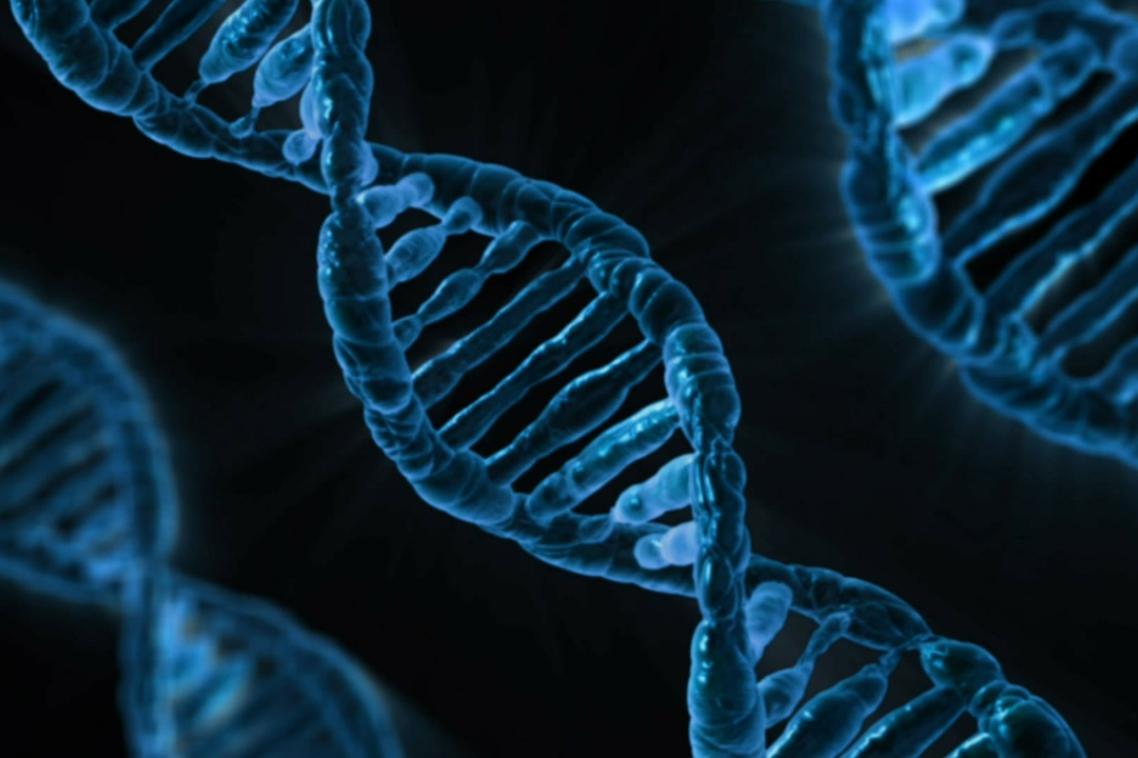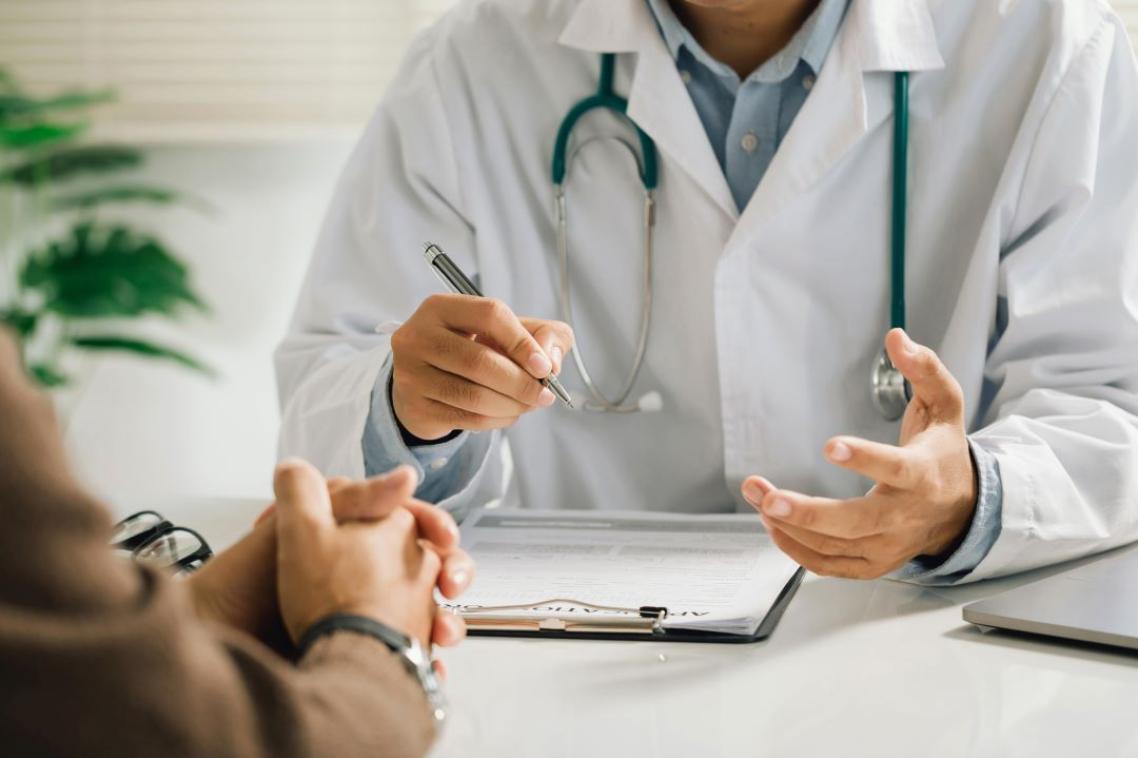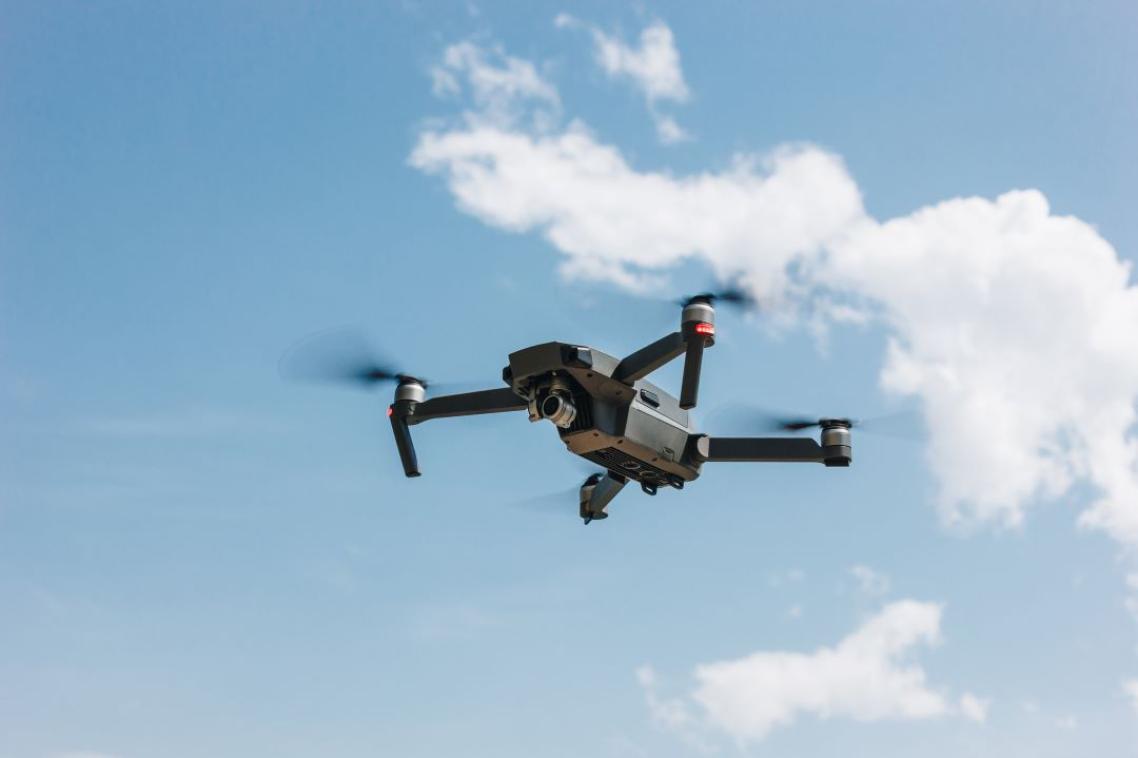Digging deep into distinctly different DNA

A University of Queensland discovery has deepened our understanding of the genetic mutations that arise in different tissues, and how these are inherited.
Researchers from UQ’s Queensland Brain Institute, led by Dr Steven Zuryn, found the rates of genetic mutations in mitochondrial DNA vary across differing tissue types, with the highest rate occurring in reproductive cells.
“Mitochondria are known as the cell’s power plant – they are found in all animal and human cells - and in humans they generate about 90 per cent of the body’s energy from the food we eat and the oxygen we breathe,” Dr Zuryn said.
“In addition to regular DNA, which is contained in the nucleus, each cell also contains DNA in the mitochondria.
“Mitochondrial DNA is only passed down from the mother’s side, and transmits the genetic information from one generation to the next.”
The team studied the transparent roundworm (C. elegans), which shares about 60-80% of the same genes as humans, to shed light on the importance of mechanisms regulating the frequency of gene mutations in different cells and organs.
“C. elegans and humans share very similar mitochondria, and it is a useful organism as we can genetically tease apart the mechanisms of what is happening at a cellular level,” he said.
The researchers developed an exceptionally pure method of isolating mitochondria from specific cells in the body to study them in detail.
“We now suspect that there is a mechanism in all animals that can filter out these mutations before they are passed to future offspring, which could otherwise cause a multitude of diseases affecting the brain,” Dr Zuryn said.
In humans, mutations in mitochondrial DNA can cause rare but devastating diseases, especially in organs such as the brain, which relies heavily on mitochondria for energy.
The study is published in Nature Cell Biology.
The research was supported by the Stafford Fox Medical Research Foundation and the National Health and Medical Research Council.
Media: Donna Lu, communications@qbi.uq.edu.au, +61 7 3346 6419. Dr Steven Zuryn, s.zuryn@uq.edu.au, +61 4 06 982 824.
Topics
Related articles

Should you consent to your doctor using an AI scribe? Here’s what you should know.

How a drone delivering medicine might just save your life
Media contact
UQ Communications
communications@uq.edu.au
+61 429 056 139
